OFTALMOLOGÍA HUMANISTA
Services and treatments offered

Yearly routine examinations and glasses prescriptions
All people, even those with “good vision”, need a visual and ocular assessment on a yearly basis, preferably with pupil dilation. This is especially true for people over 40, or in cases with family history of ocular conditions. Most of these examinations yield normal outcomes, but in a small percentage, we are able to detect lesions or diseases in their early stages, when treatments are usually easy, successful, and resolutive.

Multimodal treatment for dry eye
If you suffer from dry eye, we can help you. Our main purpose is to let you know we take your symptoms very seriously, and we understand that even if on many occasions they are not “serious”, they are annoying and can markedly decrease quality of life. The options go from lubricating eye drops a couple of times a day, to special contact lenses or medications that control the levels of certain inflammations. The first step in all cases is a detailed questionnaire and physical examination, to posteriorly determine the best possible therapy for resolution of symptoms.

Therapies for Blepharitis
If the cause of your complaints or the dry eye is an active inflammation on the border of your eyelids (blepharitis), before trying permanent medications, we would love to advise on tips for an effective eyelid hygiene, which in a majority of cases, is enough to maintain discomfort under control.
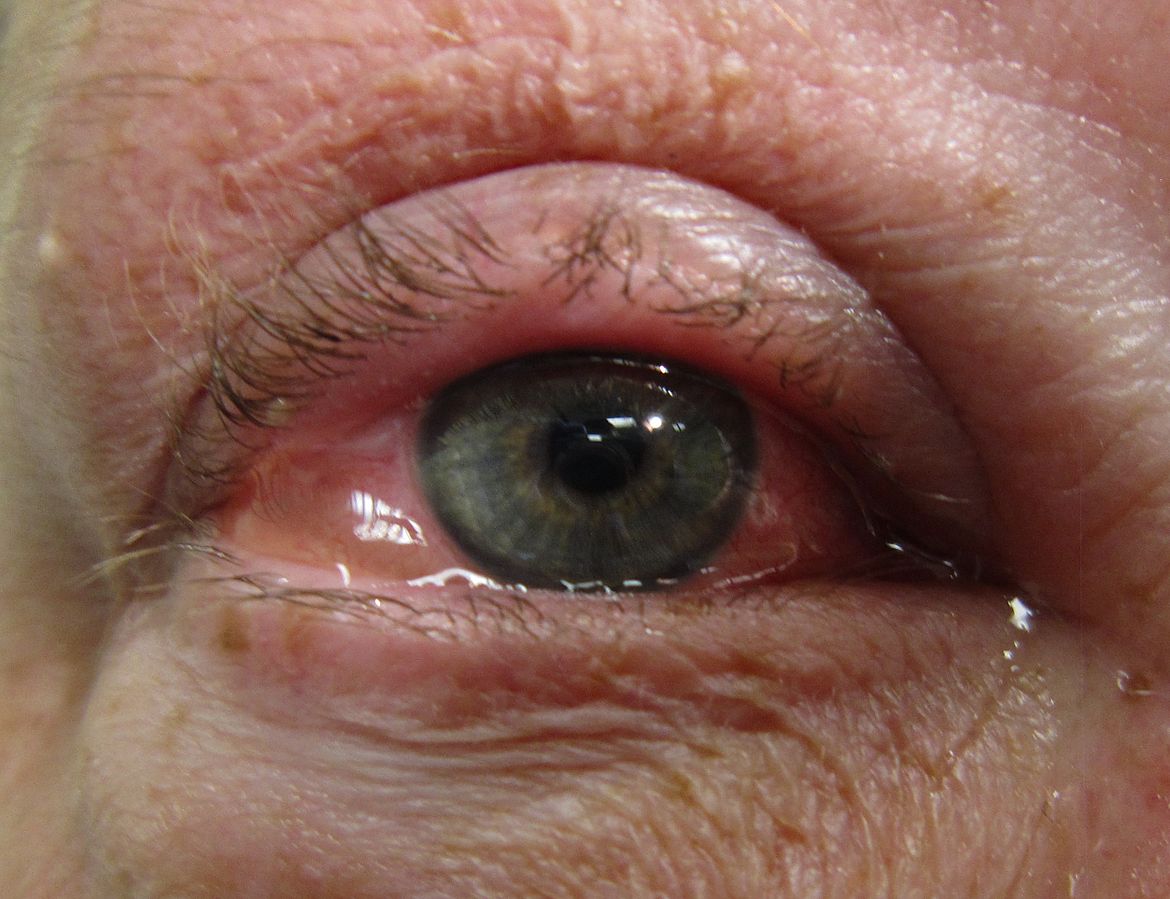
Diagnostic and therapeutic approach for conjunctivitis and chronic dry eye
It may well be true that most cases of conjunctivitis are of viral origin and tend to clear “on their own”. Given the diagnostic possibilities and the infectious consequences, it is always advisable to come to the ophthalmologist to check on red eye episodes that are not cleared on their own within a couple of hours.

Minor procedures for extraction of foreign bodies
It is relatively common that the damage caused when trying to remove something that “went into the eye” is worse than the one caused by the foreign object itself. It is preferable to come for a check up immediately (even if it is an emergency out of office hours) and solve the problem, than to run the risk of infections or long term consequences. Usually, the extraction tends to be a simple and expeditious process.

Medical treatments for corneal erosions and infections
A scratch or a foreign body in the eye can generate ulcers in the cornea, which, if not promptly treated, can result in serious infections. If something of the sort is happening to you, we can help you during office hours, or through our emergency number regardless of date or time.

Diagnosis, follow up and management of Keratoconus
If you or someone in your family suffers from keratoconus, In Humanist Ophthalmology, we have experience in the diagnosis, follow up, and management in the early stages, always making safety and trust our priorities. Some important strategies, once the diagnosis has been made, are the control of the inflammation on the surface of the eye, and duly lubrication. Corneal Collagen Cross Linking is performed for selected cases in which there is evidence of progression. We will be happy to refer our patients to visual rehabilitation interventions once the condition is controlled.

Early diagnosis and treatment for uveitis
Suffering from uveitis can be a long and winding road, frustrating at times. The most important factor for the long term control of the intraocular inflammation is a precise diagnosis. Surprisingly, the most powerful weapon in our diagnostic arsenal is a thorough interrogation that goes into details of facts that might seem trivial at first glance. Once certain clues have been determined, bloodworks or imaging serve only a confirmatory function, and therapy can be then directed, managed either by the ophthalmologist, or by specialists in autoimmune diseases when it involves interventions that affect the rest of the body.

Medical and surgical management of glaucoma
Of all the diseases in the eyes, glaucoma is the one for which we have the most experience. The most important issue in the management of this condition is the confirmation of the diagnosis and determining whether it is mild, moderate or severe glaucoma, depending on how much vision has already been lost. The strategies for control will typically be less intense in the initial stages, for example laser intervention, or eyedrops to reduce the eye pressure. The more advanced the glaucoma, the more invasive the recommendations elicited by the doctor. However, 90% of the patients with glaucoma will never need surgical procedures, and medical treatments are enough to prevent permanent loss of vision. Having said that, the 10% that does proceed to surgery, is usually made up of patients where the diagnosis was made late. Annual check ups are our most powerful weapon for the control of this disease.

Cataract surgery
A cataract surgery in this day and age is a relatively simple and very safe process, with positive results in approximately 99% of cases. It is performed under local anesthesia, and many times with mild sedation to reduce stress and fear. Its duration is about 15 minutes, and visual recovery typically takes less than one week, although it could be a month before full stability. It is performed first in the more affected eye, and the results are for life. The most complex surgeries tend to be those that were postponed the longest. We invite you to write down all of your questions before the appointment, in order to have a thorough conversation with the objective of developing your trust and tranquility.

Diagnosis and non surgical treatment of ocular diabetes
In all the cases of diabetic damage to the eyes, both mild and severe, the most important is the control of blood sugar levels. If the damage is detected early enough, when no symptoms are present, metabolic control tends to be the only necessary strategy. However, as the damage progresses and the retina swells or develops hemorrhages, many times we opt for intraocular injections (not painful), or for laser to coagulate the most affected areas. If blood sugar control is not obtained, even the aforementioned treatments tend to be insufficient and referral for intraocular surgery is often the next step.

Diagnosis of diseases of the optic nerve and visual pathways
The eyes are connected to the brain by a series of nerves which are called visual pathways. There are conditions that are exclusive of the visual pathways, and others that involve multiple parts of the nervous system. A physical examination oriented towards the neuroophtalmologic segment can sometimes even save the life of the patient. We invite you to come for a visit for more information regarding the illnesses and treatments of the visual pathway.
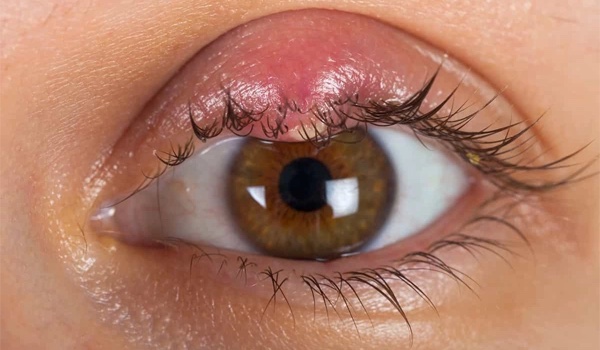
Clinical and Surgical Management of Styes and Chalazion
We treat styes and chalazions, which are inflammations on the eyelid caused by blocked glands, through medical treatments or minor surgery, depending on each case.
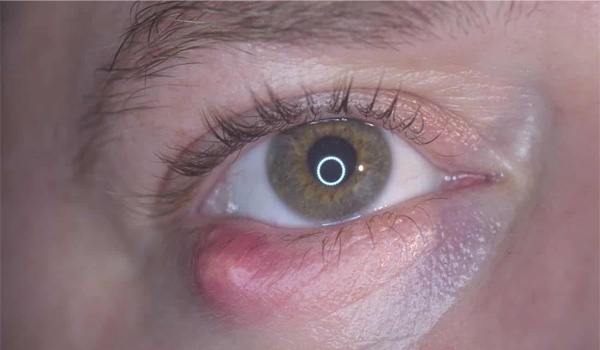
Clinical Management of Preseptal and Postseptal Cellulitis
We diagnose and treat infections of the tissues surrounding the eye, whether they occur in front of (preseptal) or behind (postseptal) the orbital septum, thereby preventing major complications.

Evaluation and Management of Corneal Burns
We treat chemical and thermal burns to the cornea, providing urgent treatment to minimize damage and preserve the patient’s visual integrity.
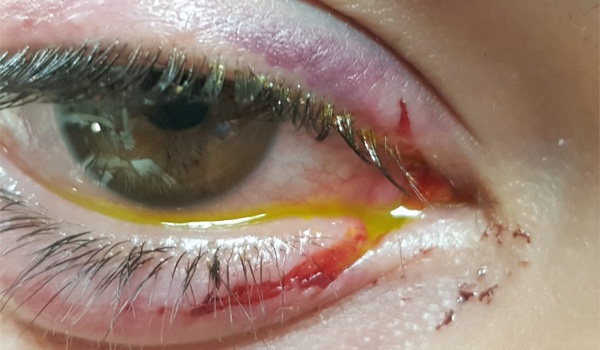
Clinical and Surgical Care for Ocular Trauma
We offer immediate diagnosis and treatment for eye injuries caused by blows, foreign bodies, or accidents, with a clinical or surgical approach depending on the severity.
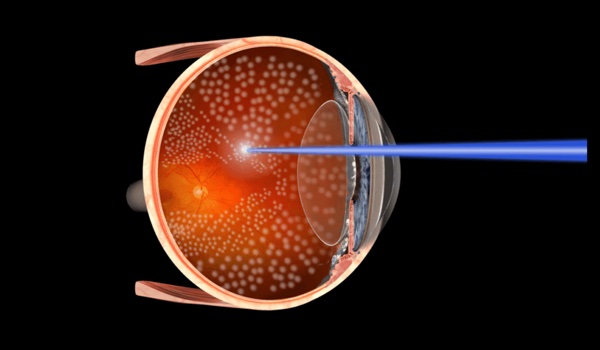
Retinal Laser Photocoagulation for Proliferative Diabetic Retinopathy
We apply laser to the retina to control abnormal blood vessels caused by diabetes, reducing the risk of hemorrhages and vision loss.
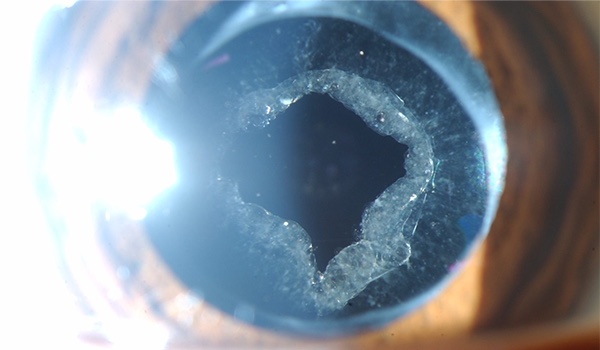
Anterior Segment Photodisruption (Capsulotomy and Iridotomy)
We use a laser to open opaque capsules following cataract surgery (capsulotomy) or to relieve intraocular pressure in specific cases of glaucoma (iridotomy).
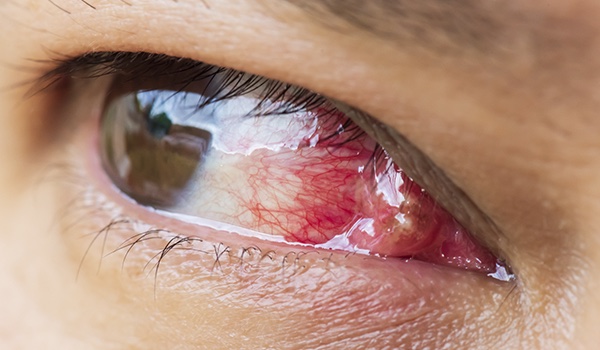
Pterygium Surgery
We remove the pterygium, an abnormal growth of tissue on the conjunctiva that invades the cornea, through an aesthetic and functional outpatient surgery.
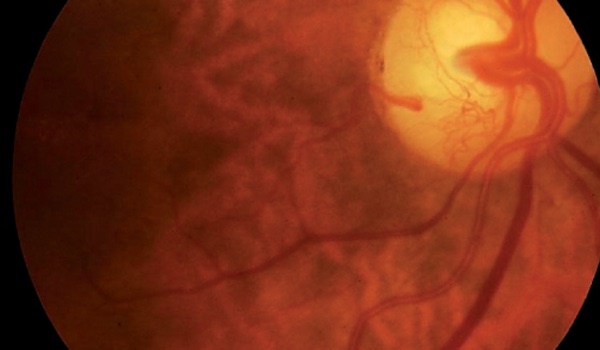
Multimodal Treatment for Diabetic Retinopathy
We offer combined treatments, including laser therapy, intravitreal medications, and/or surgery, to manage retinal complications resulting from diabetes.
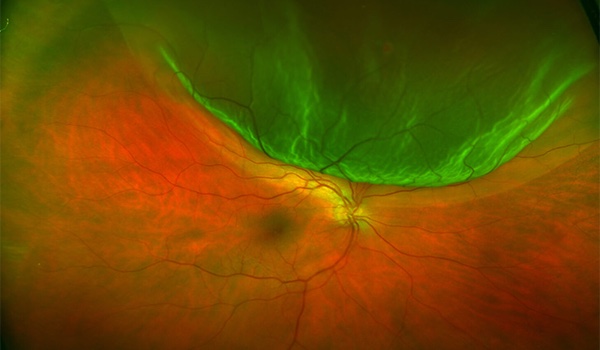
Diagnosis and Treatment of Retinal Detachment
We identify and repair retinal detachment, an ophthalmological emergency, through specialized surgery to prevent permanent vision loss.
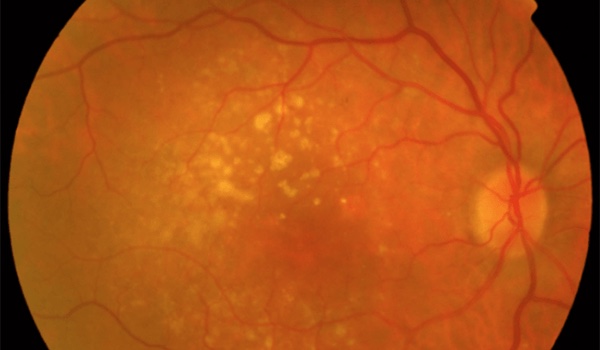
Diagnosis and Treatment of Macular Degeneration
We detect and treat this condition, which deteriorates central vision and is common in older adults, using medications and therapies that help slow its progression.
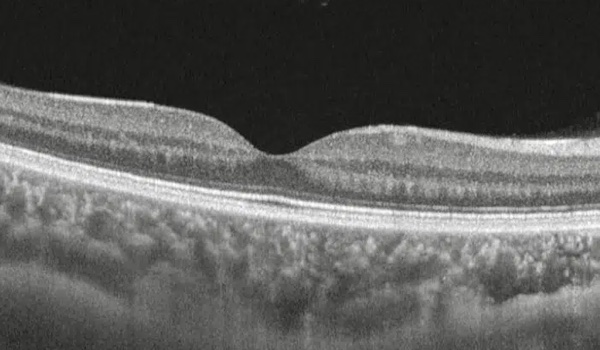
Multimodal Treatment for Epiretinal Membrane
We treat the formation of a membrane over the macula, which distorts vision, through medications or surgery to improve the patient’s quality of vision.
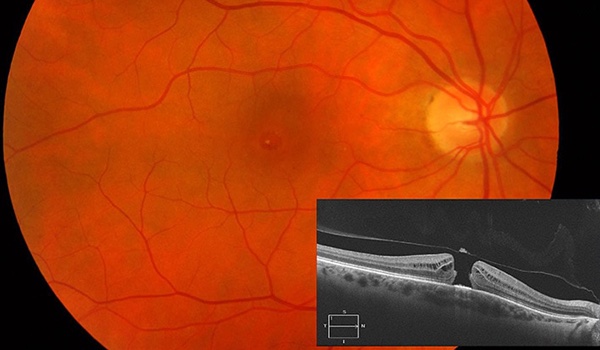
Clinical Management of Macular Hole
We evaluate and surgically treat holes in the macula that cause blurry or distorted central vision, using techniques that promote their closure and visual recovery.
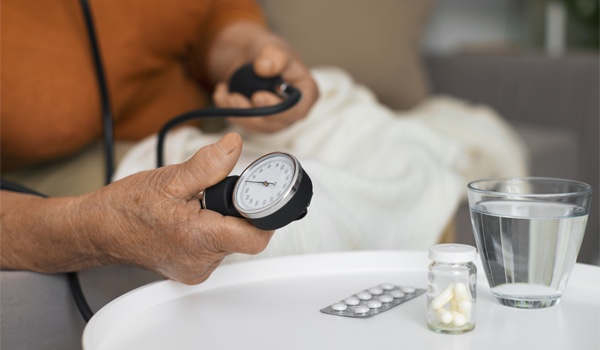
Treatment and Monitoring of Systemic Arterial Hypertension (SAH)
We monitor and treat the effects of hypertension on the eyes, preventing damage to the retina and other ocular structures caused by high blood pressure.
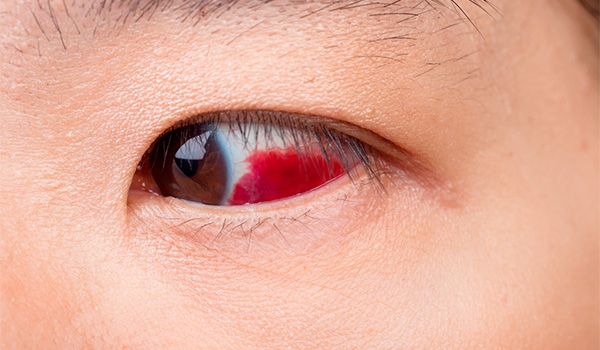
Clinical and Surgical Care for Retinal Tears
We diagnose and treat retinal tears with laser or surgery to prevent larger detachments and preserve vision safely and effectively.

Emergency 24 hrs
If something unexpected happens and you need emergency ophthalmic assistance, feel free to contact us on the phone at any time of any day, and we will come to check you in an immediate fashion. Examples of situations that warrant urgent attention are, but not limited to: trauma to eyes, foreign bodies, chemical burns (bleach, burning cooking oil , lye, etc), severe pain, sudden loss of vision, sudden double vision, or contact lens related alterations. We have a lot of experience dealing with these occurrences and all the will to help as soon as possible.
